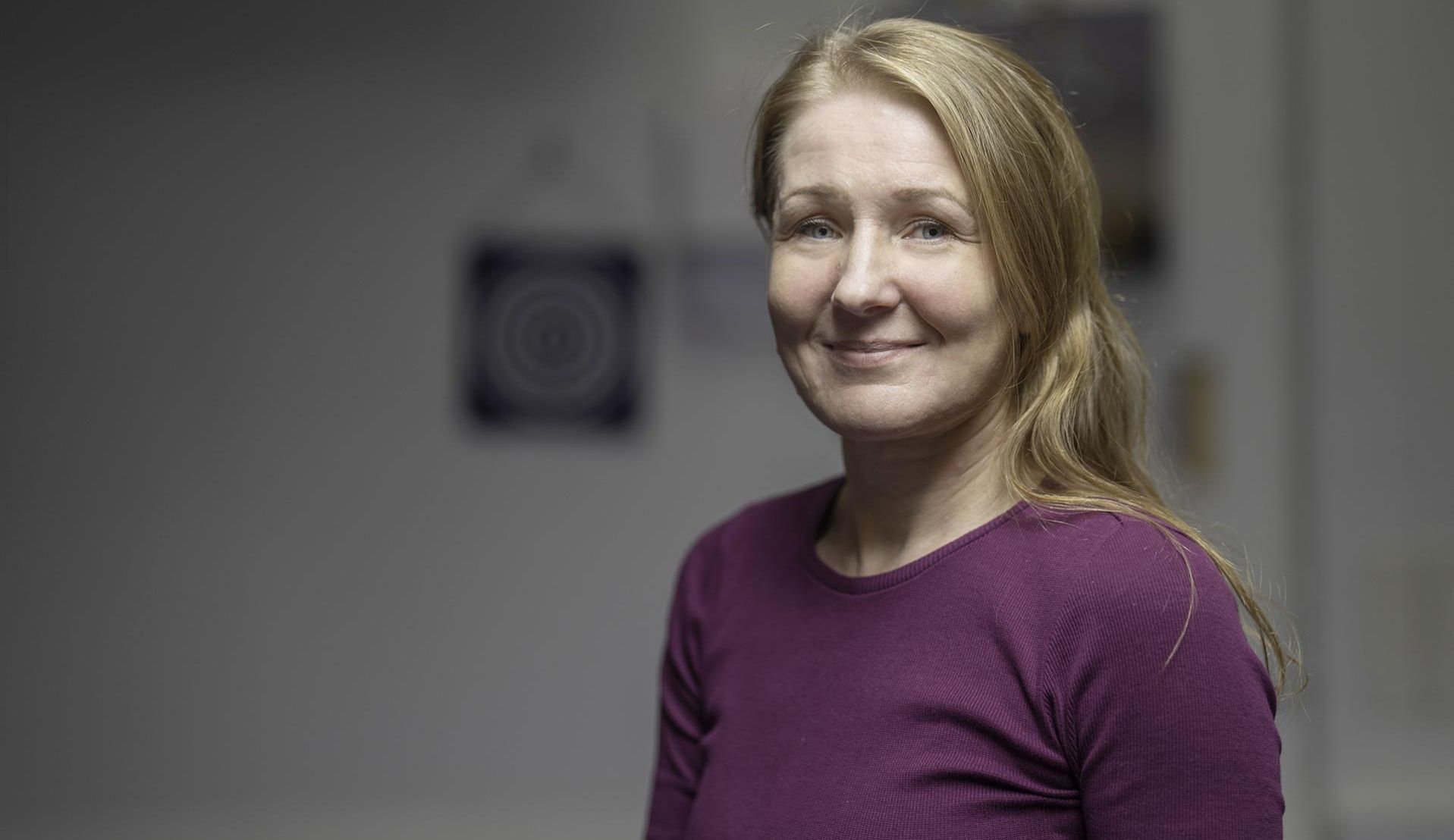
Common diseases, other symptoms and ailments
Specialist in the article

Revised 6/5/2025
High-quality physician services
If you feel unwell, have unusual or persistent symptoms, or your condition worsens, you can consult a physician either at a clinic or remotely through the Digital Clinic. Our physicians assess your symptoms and, if needed, refer you for further tests or to a specialist.
When should you see a physician?
Seeing a physician is recommended if your symptoms persist or worsen. Some conditions require a physical examination, while others may be managed remotely. The physician will diagnose based on the findings, possibly supported by laboratory tests or imaging.
Book a physician's appointment if:
- Symptoms persist or are unclear.
- Symptoms are severe or worsen rapidly.
- Symptoms do not improve with home care.
Symptoms requiring immediate care include prolonged high fever and a decline in general condition, difficulty breathing, chest pain, consciousness disturbances, and severe allergic reactions. In life-threatening emergencies, call the emergency number 112.
You can find doctor-specific prices in our appointment booking in the doctor's information.
| Service | Price estimate |
|---|---|
| Consultation visit, 20 min Price per visit. | from 73,80 € Without Kela reimbursement from 103,80 € |
| Consultation visit, 30 min Price per visit. | from 109,10 € Without Kela reimbursement from 139,10 € |
| Consultation visit, 45 min Price per visit. | from 151,60 € Without Kela reimbursement from 181,60 € |
Diseases, symptoms, and ailments we treat
The symptoms of various diseases and ailments vary greatly. They may begin mildly or appear suddenly. If symptoms are ignored and diseases are left untreated, they can worsen and lead to more severe health problems. For example, untreated diabetes increases the risk of cardiovascular diseases and kidney failure.
Fast remote care via the Digital Clinic
The Digital Clinic's physician provides remote assistance for ailments that do not require a physical examination. You can contact the Digital Clinic at any time without an appointment. You can find the Digital Clinic in OmaMehiläinen.

We assist with services
The Customer service section provides instructions and tips for using our services. We are happy to assist with anything related to services, such as booking appointments, billing, or providing feedback.



